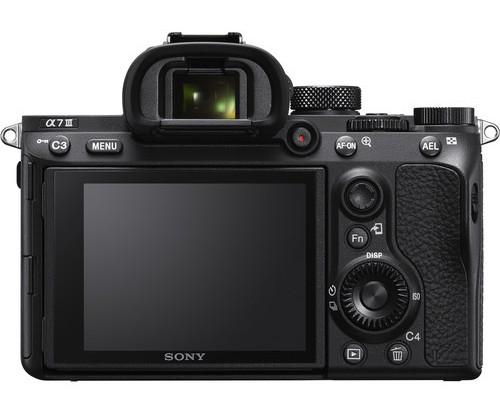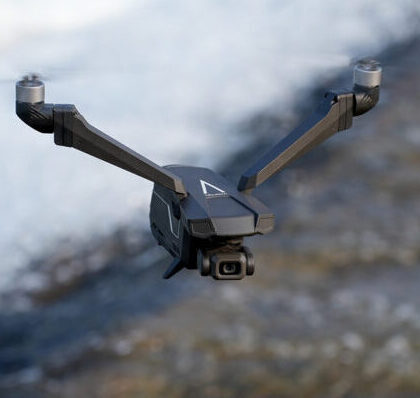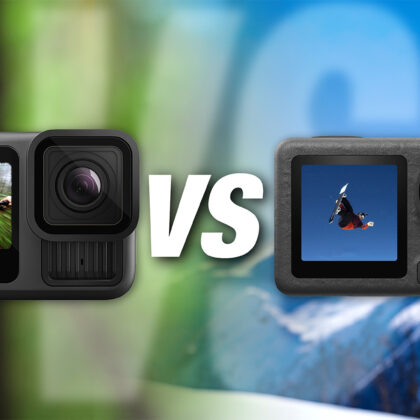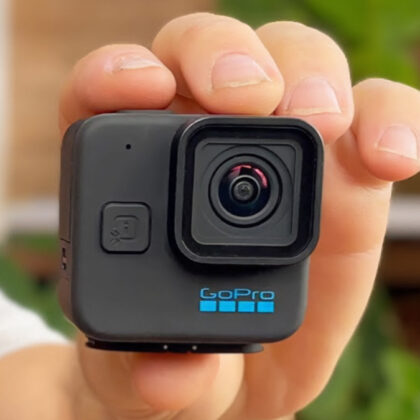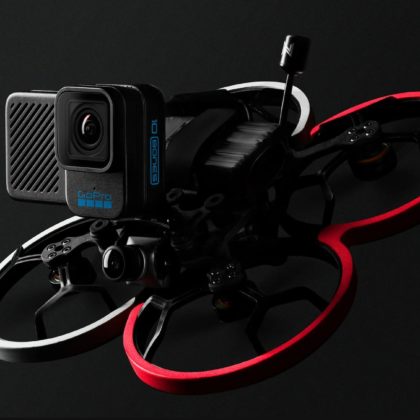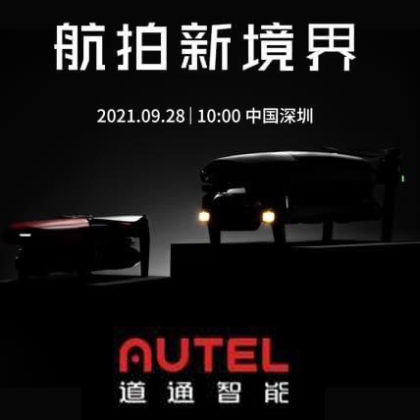
Not even 6 months after Sony refreshed the flagship model of their popular a7 line with the release of the a7Riii they are back at it again. This time though, they went to the lower end of the price spectrum. Where the a7Riii starts at $3200, the new a7iii will sell for $2000 — over $1000 less. However, rather than getting rid of a ton of features in order to push potential buyers to opt for pricier models like the a7Riii or even the a7Sii, Sony kept many of the specs and features the same as the higher end models and even upped some of the specs.
What a difference 3 years makes…
The a7iii is an update to the a7ii which was released in December 2014. This was the last a7 series model which didn’t shoot 4k, but at the time that wasn’t quite as big of a deal. My how far we’ve come.
Not content with giving the a7ii a small iterative update, slapping on an extra “i” and calling it a day, Sony redesigned this camera from the ground up to redefine what constitutes a basic camera. In fact, other than the price and the first 4 characters in the camera’s name, nearly everything about the a7iii is different.
Pro level features
Though the megapixel count stays almost the same at 24.2mp, the sensor most certainly does not. The a7iii uses the same sensor as the a9, Sony’s $4500 mirrorless flagship camera. Combined with the same processor as the a7Riii, this allows the camera to shoot at a blazing fast 10fps with full autofocus. Oh, and speaking of autofocus, the a7iii actually ups the 399 phase detection points offered on the a7Riii (along with the 425 contrast-detection areas) to an astounding 693 phase detection points, allowing it to cover approximately 93% of the frame versus only 68%.
Using the new joystick (also borrowed from the a7riii) users can easily select autofocus points while looking through the OLED electronic viewfinder. As if this wasn’t enough, the a7iii also ups the max ISO of 102400 offered by the a7Riii to 204800 to allow you shoot with even less light.
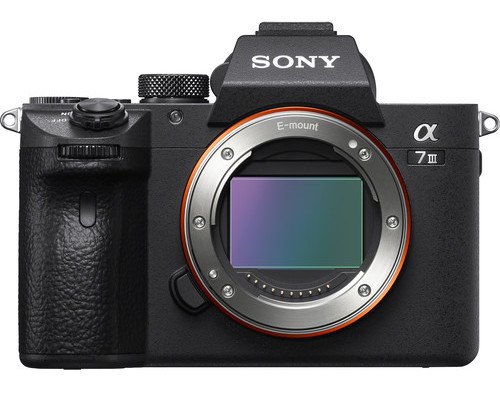
On the video side, the a7iii features 4k/30fps and 1080p/120fps like the more expensive a7Riii and a7Sii. However, unlike the a7Riii, the new a7iii is able to utilize the full sensor width, giving it an effective 6k resolution before it is sampled down to 4k. This process is void of pixel binning, for higher quality imagery with reduced moiré and aliasing. Video footage can be recorded in S-Log2 & S-Log3 to allow up to 14 stops of dynamic range, and HLG (Hybrid Log-Gamma) support is also available to allow the a7iii to shoot HDR footage with a wider color range.
Like all of the other Sony mirrorless cameras, the a7iii includes their legendary 5-axis stabilization, which is now effective to minimize the appearance of camera shake by up to 5 stops. This is one of the few specs which doesn’t match or exceed the a7Riii (5.5 effective stops), but for $1200 less —who really cares?
Battery life
The relatively short battery life of the a7 line compared to Canon and Nikon cameras has always been a major drawback for many people. It wasn’t a dealbreaker for most, but still meant carrying around half a dozen spare batteries while out filming or taking photos.
The a7Riii worked to address this already, increasing the number of shots per battery from around 250-300 to approximately 530 shots per charge with the EVF or 650 shots with the rear LCD. This was done primarily by using the larger NP-FZ100 battery from the a9. With the same battery however, the a7iii says “Hold my drink” and blows away any worry of lackluster battery life with a CIPA (Camera & Imaging Products Association) rated ~710 shots per charge.
Other important features
For the sake of brevity (and my mental sanity), I’m just gonna list out the rest of the notable specs, cause honestly there is almost too much to talk about.
- 3.0″ 922k-dot rear LCD touchscreen
- Weather-sealing to resist dust and moisture
- Dual SD memory card slots allow for flexible file saving and handling
- USB 3.0 Type-C port (in addition to the micro USB port)
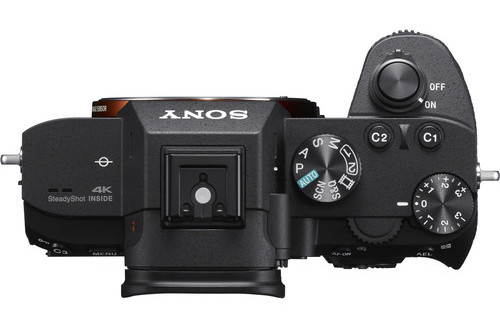
Good to be king
While this release is awesome for video creators and photographers looking to get pro level features without breaking the bank, other camera companies — especially Canon and Nikon — should be worried. Both don’t offer a full frame camera with comparable specs (internal 4k video & 20+ megapixels) for under $3000. On top of this, neither the Canon 5D mkIV or the Nikon 850D
offer things like in-body image stabilization, something crucial to video shooters.
Panasonic, with the GH5, shouldn’t be as concerned. The GH5 offers some features which even Sony hasn’t been able to match with the a7 lineup such as internal 4k/60fps &1080p/180fps, 10bit 4:2:2 video recording, and 12fps shooting. These specs, as well as the $200 cheaper price should keep the GH5 competitive, especially for run-and-gun video shooters and travel vloggers. However, the GH5 is limited by its micro 4/3″ sensor, so many people might look past its extra specs in order to get the beautiful bokeh and better low light ability offered by the full frame sensor of the a7iii.
The a7iii is really an example of Sony throwing down the gauntlet and showing other brands that they aren’t playing around. With more and more people flocking towards mirrorless cameras for their smaller dimensions and weight, the a7iii shows that Sony is willing to possibly cannibalize sales of their higher end cameras in order to gain market share and new users. It will be interesting to see how the other companies respond, as even some of their latest offerings — like Canon’s sub-$1000, 4k capable, mirrorless camera — pale in comparison to the a7iii.
Availability & Pricing
The Sony a7iii will be available for preorder starting February 28th and will cost $2000 for the body only version and $2200 with a 28-70mm f/3.5-5.6 lens. It’ll start shipping and be available for direct purchase in April.

